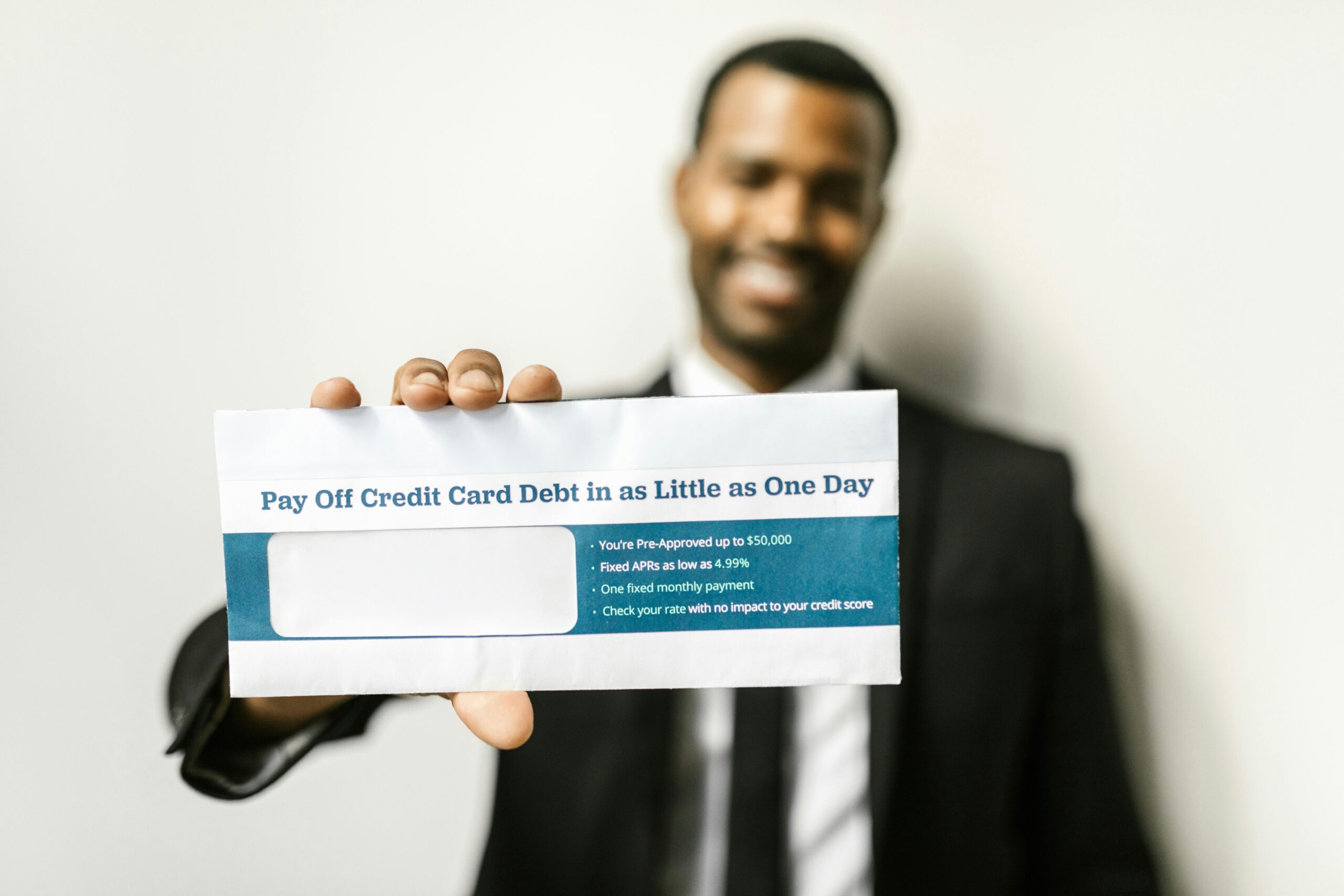
Tackle Your Credit Card Debt Now
Credit card debt can overwhelm, but taking action is vital. Understanding how to navigate and eliminate this debt will move you toward financial freedom. This article breaks down common questions surrounding credit card debt and provides clear solutions that deliver results.
Q1: What steps should I take immediately if I find myself overwhelmed by credit card debt?
First, assess your situation. Gather all credit card statements and note the outstanding balances, interest rates, and minimum payments for each card. Develop a budget that reflects your monthly income and expenses to identify how much money you can allocate toward debt repayment. Consider the snowball method, where you pay off the smallest debt first while making minimum payments on others. This approach builds momentum and confidence. Alternatively, consider the avalanche method. This focuses on the highest-interest debt first, reducing the total interest you’ll pay over time. Set a concrete goal. Aim to pay off a specific percentage of your debt each month. Stick to this plan and adjust your budget as needed to ensure you remain on track. Additionally, engage in expense tracking apps to better manage your finances.
Q2: Should I consider consolidating my credit card debt?
Consolidation can simplify managing multiple accounts and may lead to lower overall interest rates. Explore personal loan options with lower rates than your current credit cards. This might allow you to pay off your cards entirely, effectively replacing many smaller debts with one larger one at a lower cost. An alternative is a balance transfer credit card. This option typically offers an introductory 0 percent interest period. However, be cautious of fees associated with the transfer and ensure you can pay the full amount during the promotional period to avoid high interest later. Review the pros and cons carefully. Keep in mind that successful consolidation requires proper budgeting to prevent accruing new debt on the same cards.
Q3: How can I prevent falling back into credit card debt after paying it off?
Establish a strict budget that prioritizes savings and expenses. Focus on building an emergency fund with at least three to six months’ worth of living expenses. This fund can prevent reliance on credit cards during unexpected financial emergencies. Stick to cash or a debit card for daily expenses to avoid overspending and accruing new debt. Use credit only for necessary expenses, and always aim to pay the balance in full each month. Educate yourself on personal finance by reading books, attending workshops, or consulting with a financial advisor. Knowledge empowers better financial decisions. Regularly review your credit report and credit statements to ensure there are no discrepancies and that your payment history remains disciplined. Implement a strategy for monitoring spending and addressing any changes in financial circumstances proactively.
Taking actionable steps toward managing and eliminating credit card debt will lead to greater financial well-being. Set realistic goals, employ practical strategies, and always seek to enhance your personal finance knowledge.
Taking control of your credit card debt starts with you. Make informed decisions and prioritize your financial health to create a debt-free future.
Effective strategies to tackle credit card debt lead to greater financial freedom. Access more expert insights and tools to improve your financial situation by leveraging financial advice columns tailored to your needs.
image source: RDNE Stock project





